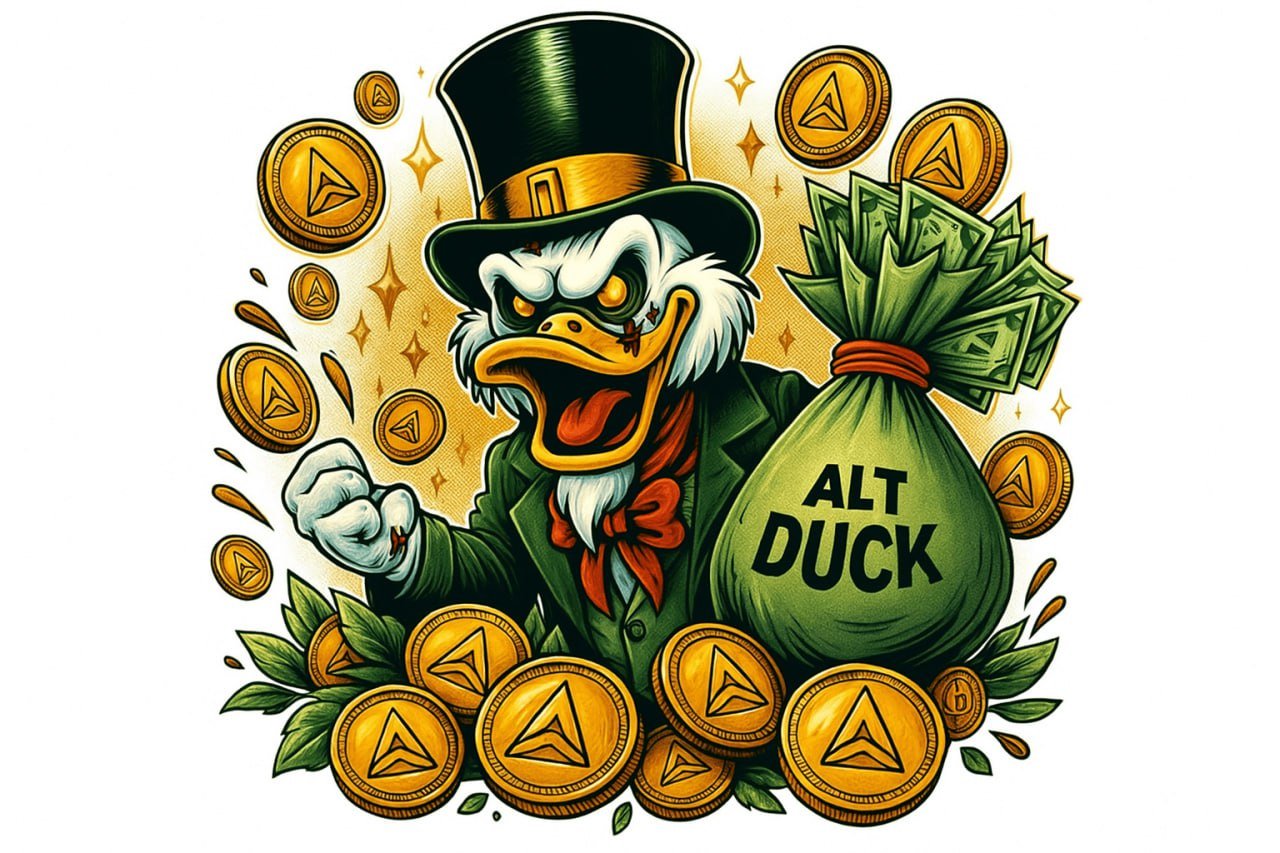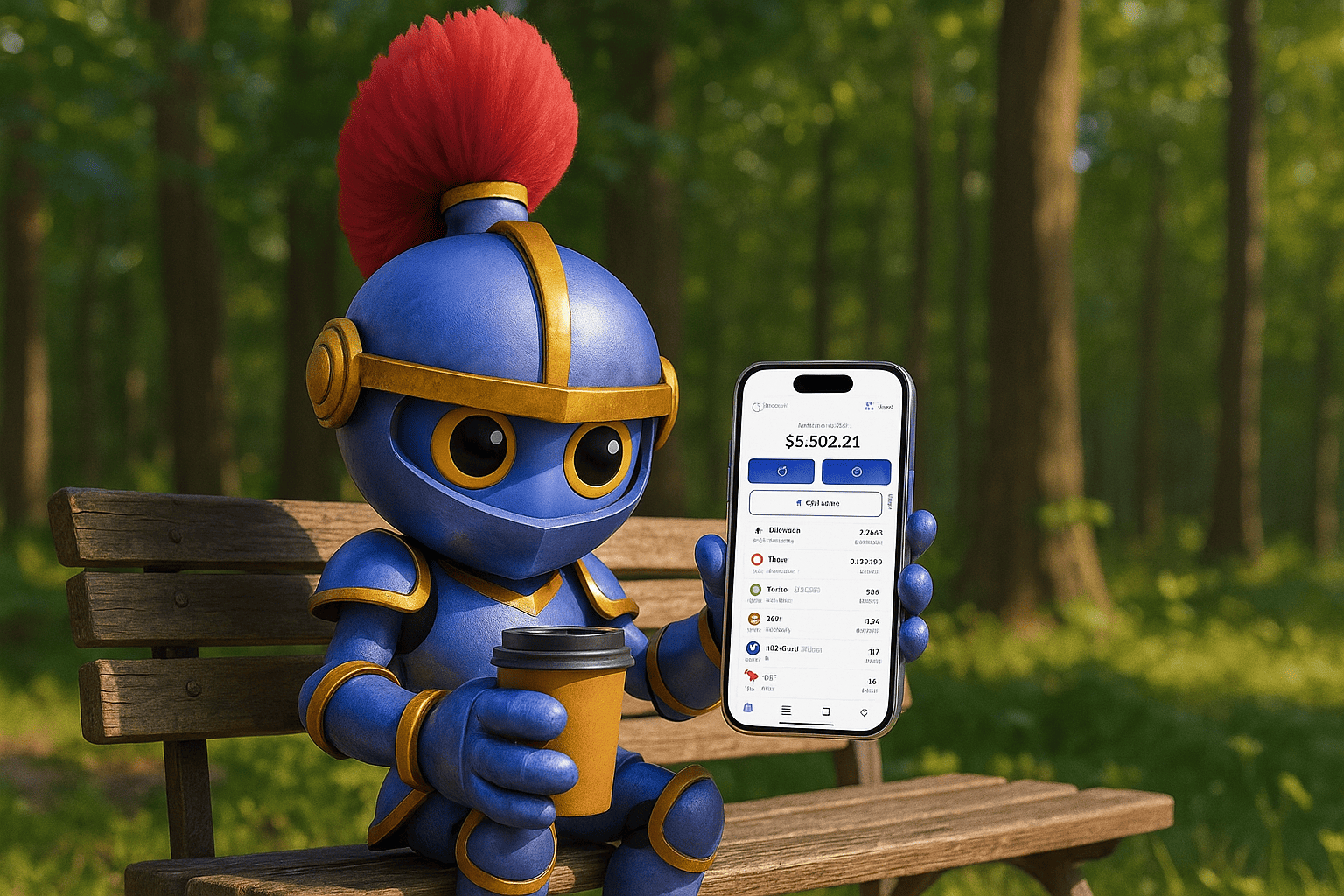Popular cryptos
THORChain
Download app Ironwallet and get tool for making transaction without network fee
About THORChain
THORChain is a decentralized liquidity protocol that allows users to easily exchange cryptocurrency assets across different blockchains in a permissionless manner without losing full custody of their assets. Built with Cosmos SDK, THORChain leverages Tendermint BFT consensus to enable secure swaps between assets at the best available market rate.
History of THORChain
THORChain was founded in 2018 by a team of experienced cryptocurrency developers and researchers. The goal was to build a non-custodial automated liquidity protocol that removed the need for trusted intermediaries when swapping assets. After extensive research and rigorous testing, THORChain launched its canary-net in January 2020 followed by its mainnet in April 2021. Since launch, THORChain has established itself as one of the leading DEX protocols in the market.
How THORChain Works
The THORChain protocol works by utilizing liquidity pools and external price feeds to enable trading between cryptocurrency pairs. Users can provide liquidity to pools by staking assets, for which they receive trading fees as a reward. When executing a trade, THORChain routes it through the pools to get the best price and minimize slippage. Validator nodes secured by RUNE stakes are responsible for matching and signing trades. THORChain is constantly monitored and upgrades itself autonomously via governance proposals.
Features and Benefits of THORChain
THORChain offers several advantages over traditional centralized exchanges:
- Non-custodial – users maintain full control of their assets at all times
- No KYC requirements for trading
- Fast settlement times measured in minutes
- Excellent pricing through automated market making
- Low trading fees
- High capital efficiency for liquidity providers
- Multi-chain swaps across 10+ blockchain ecosystems
- Robust security architecture based on Tendermint BFT
These features make THORChain ideal for decentralized finance applications requiring smooth cross-chain liquidity.
THORChain’s Native Token – RUNE
RUNE is the native token of the THORChain ecosystem. It has several utility functions:
- Used for staking to become a validator node
- Required as bond collateral to provide liquidity
- Captures fees generated from trading volumes
- Enables governance rights to protocol changes
RUNE is a deflationary asset with an elastic supply. As more value flows through THORChain, more RUNE gets burned, creating scarcity. This aligns network incentives by rewarding early adopters.
What is RUNE Used For?
RUNE has several key uses that make it an integral part of THORChain:
- Staking: RUNE is staked by validators to secure the network and participate in governance decisions. The minimum stake is currently set at 150,000 RUNE.
- Liquidity Provision: RUNE must be bonded to asset pools to provide liquidity and earn trading fees. RUNE absorbs impermanent loss risk.
- Fees Capture: A portion of all trading volumes on THORChain is used to purchase and burn RUNE, creating deflationary pressure.
- Settlement: RUNE facilitates cross-chain settlements between external blockchain networks.
- Voting: RUNE holders can vote on upgrade proposals and influence the development roadmap.
- Security Deposits: Validators must stake RUNE to disincentivize malicious behavior. Penalties for downtime or fraud result in slashing and burning of deposited RUNE.
By aligning economic incentives and security considerations, RUNE seeks to coordinate the behavior of network participants in a way that benefits the overall ecosystem.
Governance Structure of THORChain
THORChain utilizes a decentralized autonomous organization (DAO) structure for protocol governance and upgrades. Any RUNE holder can submit an improvement proposal. Active validator nodes can then signal support for proposals they believe will benefit the network.
If a proposal achieves a 65% approval rate from validators after 7 days, it moves to an on-chain voting phase involving all RUNE stakers proportional to their holdings. Proposals need 50% of all circulated RUNE voting in favor to pass. This governance model balances input from core contributors with broader community interests.
The THORChain DAO has implemented several upgrades covering issues like impermanent loss protection, cross-chain bridges, and scaling transaction throughput. Ongoing governance is critical for a complex cross-chain DEX protocol like THORChain to rapidly evolve in a decentralized manner.
Challenges Facing THORChain
While THORChain has strong technical foundations, it faces obstacles to mainstream adoption. Liquidity fragmentation across multiple pools can result in high slippage for large trades. Attracting external liquidity providers remains a challenge. As a newer protocol, THORChain lacks the network effects and trading volumes of older DEXs. Ongoing protocol upgrades can introduce instability risks. Regulatory uncertainty also looms over the decentralized finance space.
The Future of THORChain
THORChain has a robust roadmap focused on solving liquidity challenges while enhancing capital efficiency and security. There are plans to support more blockchains, launch derivatives products, and create pooled lending/borrowing markets. If THORChain can continue iterating smoothly and provide a seamless user experience, it has potential to become a core DeFi primitive powering frictionless value transfer across chain boundaries. But execution risks remain high in these early stages of development.





















